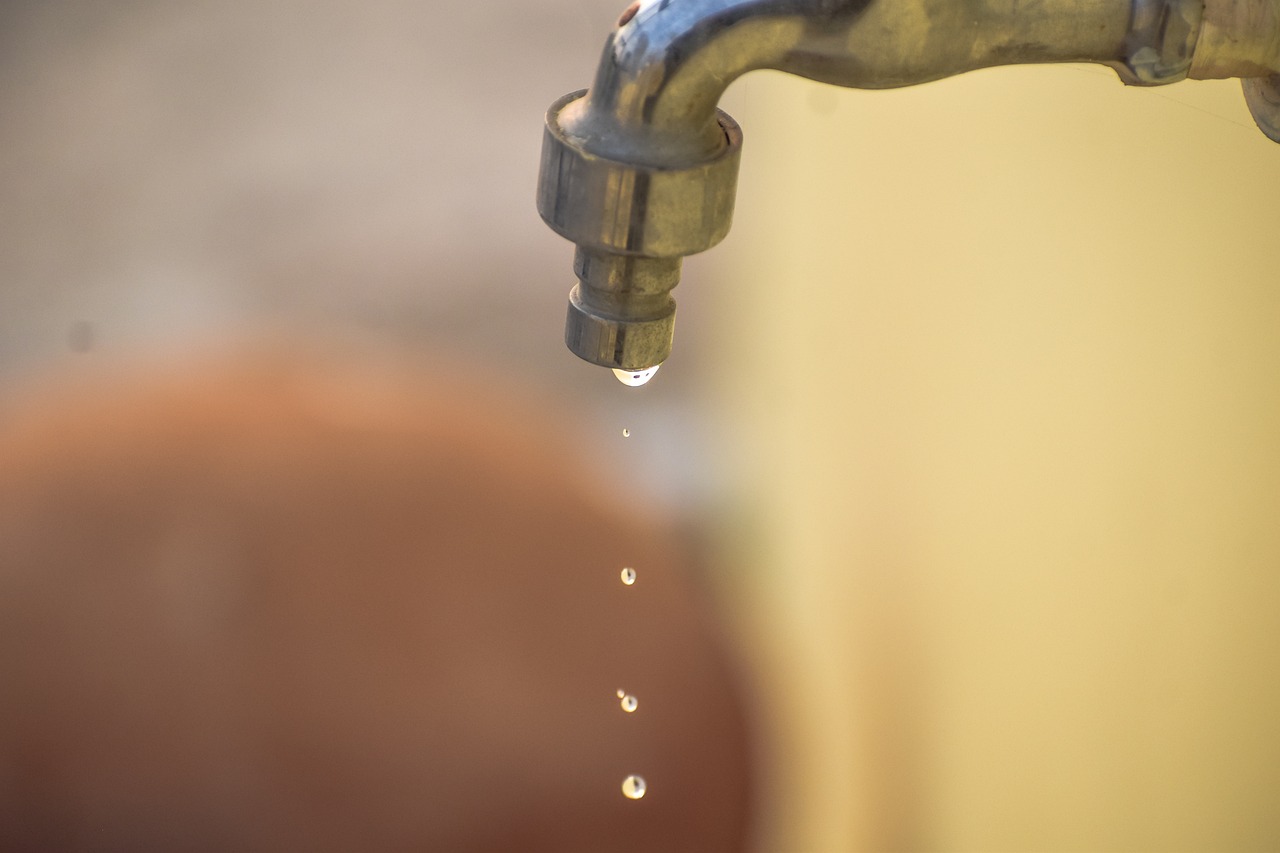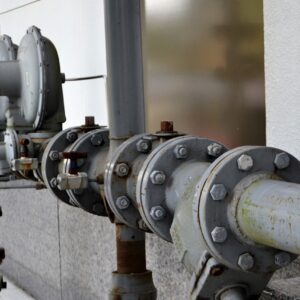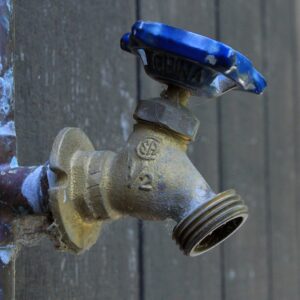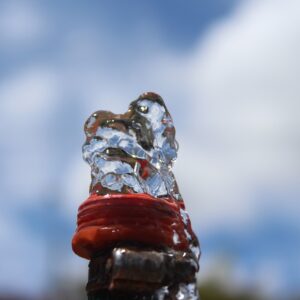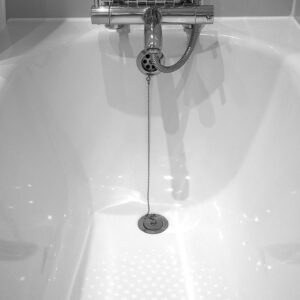Are you concerned about water damage in your home? Knowing how to identify the signs can save you from costly repairs and potential health hazards.
In this article, we will guide you through the key indicators of water damage, empowering you to take action promptly.
Keep an eye out for discolored walls and ceilings – a telltale sign that water has infiltrated your home.
You should also be aware of musty odors, as they often indicate hidden moisture.
Mold growth is another red flag, so be vigilant in checking for any fuzzy patches or discoloration.
Additionally, peeling or bubbling paint can signal water damage lurking beneath the surface.
Lastly, keep an eye on your floors; if they appear warped or buckling, it’s likely due to water exposure.
By recognizing these signs, you can address water damage early on, ensuring the integrity of your home and the well-being of your loved ones.
Discolored Walls and Ceilings
Have you noticed any discolored walls or ceilings in your home? This could be a clear sign of water damage. When water seeps into the walls or ceiling, it can cause the paint or wallpaper to change color or become stained.
Look out for patches of yellow or brownish discoloration that might appear damp or have a musty odor. These stains are often caused by water leaks, plumbing issues, or roof problems. If left untreated, the water damage can lead to mold growth and further deterioration of the structure.
It’s important to address any discolored areas promptly to prevent further damage and ensure the safety of your home. Consider contacting a professional to assess and repair the water damage before it becomes a bigger issue.
Musty Odors
Experience the delight of walking into a space and immediately being greeted by the refreshing scent of clean air, free from any musty odors. However, if you detect a musty smell, it could be a sign of water damage. Musty odors are often caused by the growth of mold and mildew, which thrive in damp environments. When water seeps into walls, ceilings, or other areas, it creates the perfect conditions for mold to flourish.
If you notice a lingering musty odor in your home, it’s important to investigate the source of the water damage and address it promptly. Ignoring the problem can lead to further damage and potential health risks from prolonged exposure to mold spores.
Mold Growth
If you detect a musty smell, it’s likely due to the growth of mold and mildew, which thrive in damp environments. Mold is a common sign of water damage and can be found on walls, ceilings, and other surfaces. It appears as black or green patches and can cause health issues, such as allergies, respiratory problems, and eye irritation.
To identify mold growth, look for discoloration or stains on surfaces, especially in areas that are prone to moisture, like bathrooms and basements. Additionally, pay attention to any peeling or bubbling paint, as this can also be a sign of water damage and potential mold growth.
Remember, it’s important to address water damage and mold growth promptly to prevent further damage and protect your health.
Peeling or Bubbling Paint
A telltale indication of potential mold growth and water damage is when the paint on your walls starts peeling or bubbling, leaving a haunting reminder of the hidden dangers lurking within your home.
This can occur due to the presence of excessive moisture, which can seep into the walls and cause the paint to lose its adhesive properties. As a result, the paint starts to bubble or peel off, exposing the underlying surface.
This not only creates an unsightly appearance but also indicates a potential water damage issue. It’s essential to address this problem promptly as it can lead to further damage, such as mold growth and compromised structural integrity.
If you notice peeling or bubbling paint, it’s advisable to investigate the root cause and take appropriate measures to prevent any further damage.
Warped or Buckling Floors
One unmistakable red flag that may indicate potential issues with moisture and structural integrity is when your floors start to warp or buckle, creating an uneven and unstable surface. If you notice that your floors are no longer flat and level, it could be a sign of water damage.
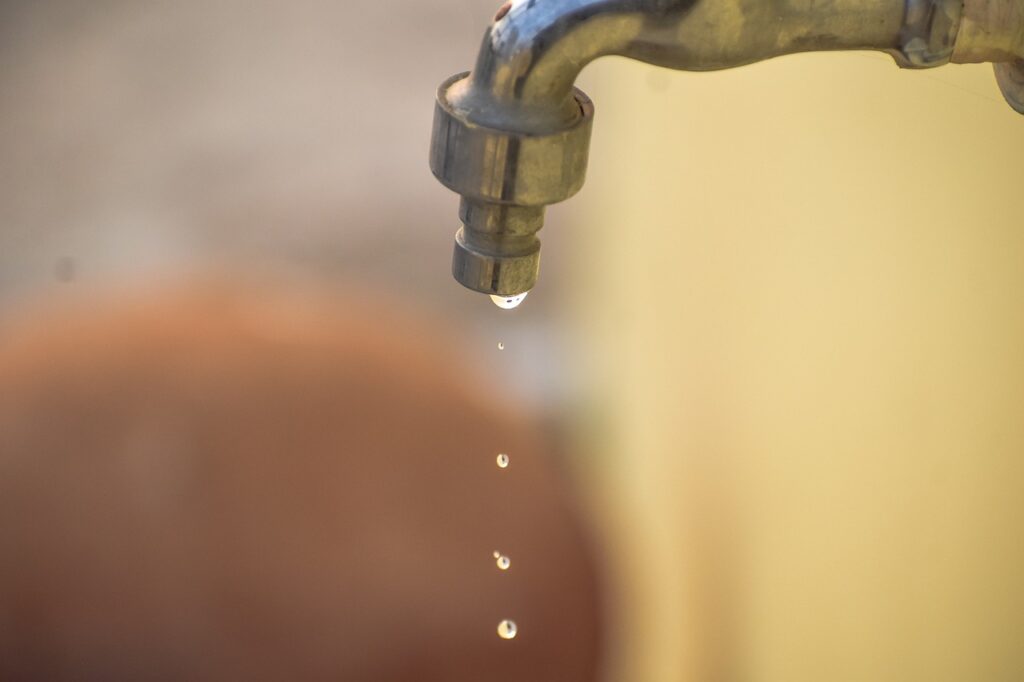
Warped or buckling floors occur when excessive moisture seeps into the subflooring, causing it to expand and distort. This can happen due to leaks, floods, or high levels of humidity. In addition to the physical changes in your flooring, you may also notice a musty odor or the presence of mold and mildew.
It is important to address this issue promptly to prevent further damage and ensure the safety of your home. Consider contacting a professional to assess the extent of the water damage and provide appropriate repairs.
Conclusion
In conclusion, now that you know how to identify signs of water damage, you can take the necessary steps to address the issue before it worsens.
Keep an eye out for discolored walls and ceilings, musty odors, mold growth, peeling or bubbling paint, and warped or buckling floors.
If you notice any of these signs, it’s important to act quickly to prevent further damage and potential health hazards.
Remember, early detection and prompt action are key to resolving water damage effectively.
